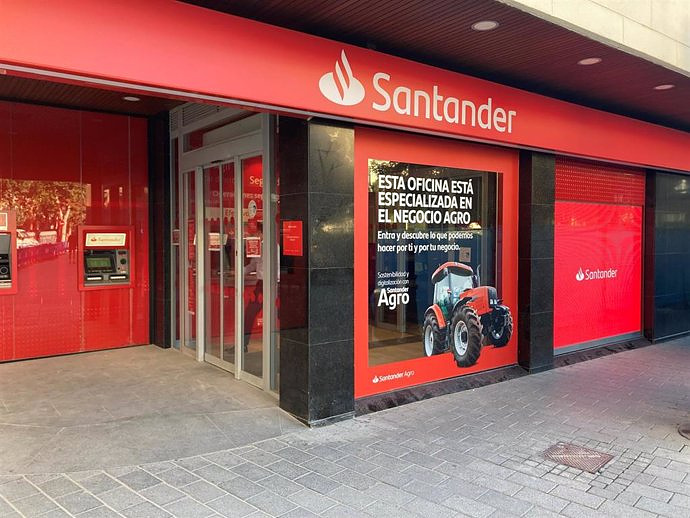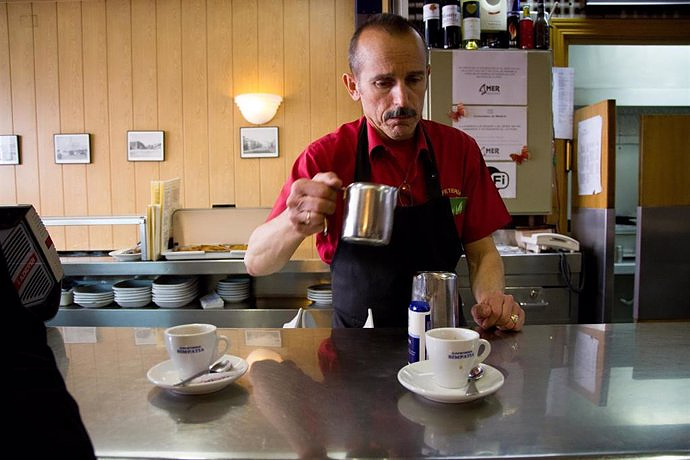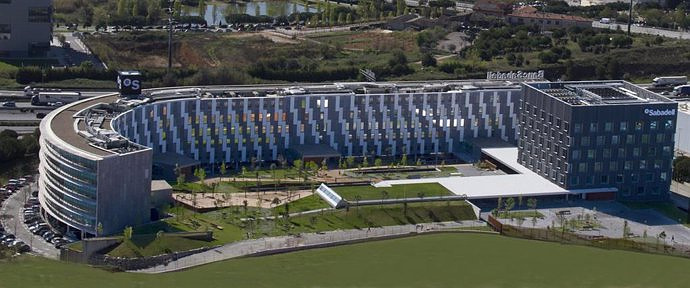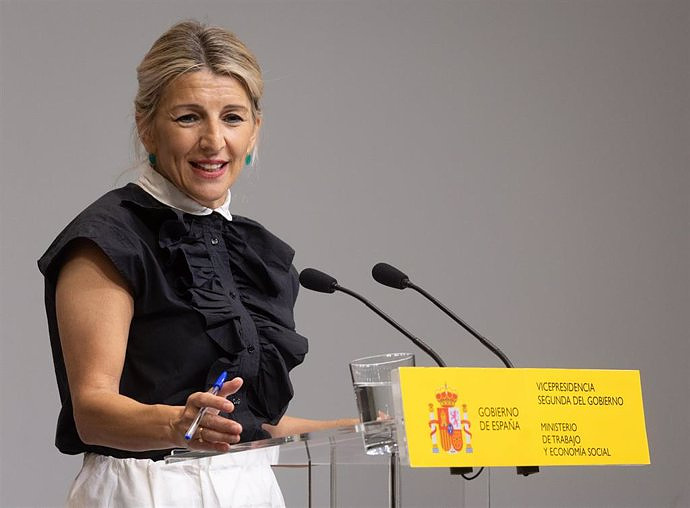The independent authority considers that the IMV has indeed contributed to reducing poverty, although it specifies that it still has a long way to go
MADRID 19 Jul. (EUROPA PRESS) -
The Minimum Vital Income (IMV) has reached 284,000 households, 40% of its potential beneficiaries (700,000), and covers 22% of households at risk of poverty (1.3 million), which leaves out 60% of potential beneficiaries and 78% of said households, according to the first Opinion on the Minimum Vital Income (IMV) prepared by the Independent Authority for Fiscal Responsibility (AIReF).
"It is a benefit that has made progress but has a long way to go to be a powerful instrument in the fight against poverty and social exclusion," the president of the Independent Authority for Fiscal Responsibility (AIReF) said at a press conference on Tuesday. ), Cristina Herrero, while refusing to speak in terms of success or failure.
"Has the IMV contributed to the fight against poverty? Without a doubt, it has", pointed out the president of AIReF, although she clarified that the problem is that neither what is understood as poverty nor the final objective of the measure has been defined , that is, if you want to reduce poverty by a certain percentage or eradicate it completely.
According to AIReF data, if fully implemented, the IMV would cover 700,000 households and would entail an annual cost of 2,800 million euros if it managed to reach all of them. These figures and those of the rest of the evaluation do not include the Basque Country and Navarre as they only have administrative information on income and assets of the common territory.
400,000 HOUSEHOLDS HAVE NOT REQUESTED IT
In this sense, AIReF notes that 400,000 households that could receive the IMV have not yet applied for it, 57% of the potential beneficiaries, a phenomenon known as 'non take-up'. "It is something that is surprising, but when making the comparison with neighboring countries, it is a common feature", explained the president of AIReF, adding that the management of this type of benefit is "complex".
The director of the AIReF Public Expenditure Evaluation Division, José María Casado, explained that 91% of eligible households that do not apply for the IMV have income from work. In particular, 53% of non take-up households have unemployment benefits.
Likewise, they have observed that in those households where the gain that the IMV would entail is smaller, there is less probability that this benefit will be requested. "Households near the eligibility threshold may perceive that the costs of applying in terms of time, bureaucracy, or other issues are not outweighed by the benefit they would gain," the document reads.
In addition, although the number of applications has been high, especially in the first few months, and has exceeded 1.5 million, AIReF notes that a very high percentage were rejected. Specifically, AIReF points out that 73% of the applications resolved have been denied or inadmissible, although this percentage has decreased over time to 60%. The main cause of refusal or inadmission is non-compliance with the income criterion, followed by the requirements of cohabitation unit-registration.
GREATER PRESENCE OF THE IMV IN HOUSEHOLDS WITH CHILDREN
The AIReF study also highlights that the presence of the Minimum Vital Income is greater among households with dependent children, a fact that, according to the director of the Evaluation Division, is due to the fact that many of the beneficiaries, specifically , a total of 113,000, 40% of the total files registered, come from the previous child benefit.
Regarding how this benefit contributes to the fight against poverty, José María Casado has specified that, as of December 2021, the IMV covered 22% of households at risk of poverty (284,000 of 1.3 million). For this study, AIReF has considered that a household is at risk of poverty if the income of its members is below 40% of the median income per consumption unit of the population.
If the minimum income programs of the autonomous communities are also taken into account together with the IMV, if they were fully implemented, AIReF points out that they would manage to cover approximately 60% of households at risk of poverty. In any case, there would still be 540,000 households without coverage.
CONCRETE THE OBJECTIVES OF THE IMV
In line with these findings, AIReF has made a series of proposals. In the short term, it proposes specifying the objectives of the IMV so that its fulfillment can be evaluated, specifying the definitions and indicators on poverty that the IMV uses to establish its objectives and carry out their follow-up, and systematically incorporate the information for the follow-up of the benefit in the Social Security Statistics Portal.
In addition, AIReF suggests analyzing the nature of the wealth of households in a situation of poverty, in particular, the degree of liquidity of their real assets and their valuation and, if necessary, reconsidering the definition of wealth established to be a beneficiary of the IMV.
Likewise, the institution proposes to study in detail the applications rejected for reasons related to income and cohabitation, simplify the application process and encourage institutional publicity of the benefit, deepen the analysis of the causes of non take-up and continue working on the fit between the IMV and the minimum income of each autonomous community.
In the medium term, AIReF proposes that, as the effects that the IMV is having on poverty reduction, the labor market and social inclusion become known, moving towards a benefit that begins "ex officio " by the Administration and that integrates the rest of benefits and taxes that pursue the same purpose. Another alternative, as indicated, would be to integrate the IMV in the IRPF as a negative tax and extend it to the entire population (filers and non-filers).

 Exploring Cardano: Inner Workings and Advantages of this Cryptocurrency
Exploring Cardano: Inner Workings and Advantages of this Cryptocurrency Seville.- Economy.- Innova.- STSA inaugurates its new painting and sealing hangar in San Pablo, for 18 million
Seville.- Economy.- Innova.- STSA inaugurates its new painting and sealing hangar in San Pablo, for 18 million Innova.- More than 300 volunteers join the Andalucía Compromiso Digital network in one month to facilitate access to ICT
Innova.- More than 300 volunteers join the Andalucía Compromiso Digital network in one month to facilitate access to ICT Innova.-AMP.- Ayesa acquires 51% of Sadiel, which will create new technological engineering products and expand markets
Innova.-AMP.- Ayesa acquires 51% of Sadiel, which will create new technological engineering products and expand markets The Prado will exhibit Caravaggio's 'Ecce Homo' from May 28 after a temporary loan agreement with Conalghi
The Prado will exhibit Caravaggio's 'Ecce Homo' from May 28 after a temporary loan agreement with Conalghi The judge officiates the UCO of the Civil Guard in the case against Begoña Gómez for alleged influence peddling
The judge officiates the UCO of the Civil Guard in the case against Begoña Gómez for alleged influence peddling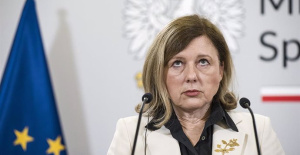 Brussels sees no more risk for the rule of law in Poland and is preparing to close the sanctioning file
Brussels sees no more risk for the rule of law in Poland and is preparing to close the sanctioning file The PP calls to mobilize on May 26 against the amnesty, the "hoaxes" and the "suspicion of corruption" of the Government
The PP calls to mobilize on May 26 against the amnesty, the "hoaxes" and the "suspicion of corruption" of the Government How Blockchain in being used to shape the future
How Blockchain in being used to shape the future Not just BTC and ETH: Here Are Some More Interesting Coins Worth Focusing on
Not just BTC and ETH: Here Are Some More Interesting Coins Worth Focusing on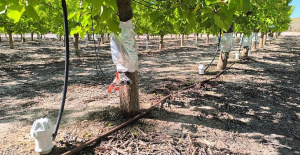 UMH researchers are working on a high-quality apricot crop that requires less irrigation water
UMH researchers are working on a high-quality apricot crop that requires less irrigation water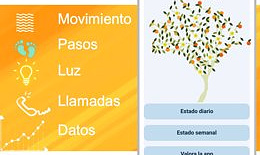 The UPV develops an application to improve the quality of life of patients with glioblastoma
The UPV develops an application to improve the quality of life of patients with glioblastoma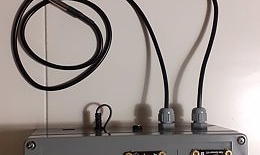 A sensor system obtains the fingerprint of essential oils and detects if they have been adulterated
A sensor system obtains the fingerprint of essential oils and detects if they have been adulterated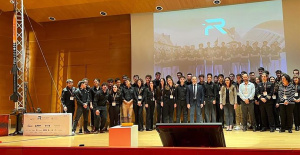 Faraday UPV presents the 'Origin' rocket to exceed 10 km of flight: "It is the beginning of the journey to space"
Faraday UPV presents the 'Origin' rocket to exceed 10 km of flight: "It is the beginning of the journey to space" A million people demonstrate in France against Macron's pension reform
A million people demonstrate in France against Macron's pension reform Russia launches several missiles against "critical infrastructure" in the city of Zaporizhia
Russia launches several missiles against "critical infrastructure" in the city of Zaporizhia A "procession" remembers the dead of the Calabria shipwreck as bodies continue to wash up on the shore
A "procession" remembers the dead of the Calabria shipwreck as bodies continue to wash up on the shore Prison sentences handed down for three prominent Hong Kong pro-democracy activists
Prison sentences handed down for three prominent Hong Kong pro-democracy activists ETH continues to leave trading platforms, Ethereum balance on exchanges lowest in 3 years
ETH continues to leave trading platforms, Ethereum balance on exchanges lowest in 3 years Investors invest $450 million in Consensys, Ethereum incubator now valued at $7 billion
Investors invest $450 million in Consensys, Ethereum incubator now valued at $7 billion Alchemy Integrates Ethereum L2 Product Starknet to Enhance Web3 Scalability at a Price 100x Lower Than L1 Fees
Alchemy Integrates Ethereum L2 Product Starknet to Enhance Web3 Scalability at a Price 100x Lower Than L1 Fees Mining Report: Bitcoin's Electricity Consumption Declines by 25% in Q1 2022
Mining Report: Bitcoin's Electricity Consumption Declines by 25% in Q1 2022 Oil-to-Bitcoin Mining Firm Crusoe Energy Systems Raised $505 Million
Oil-to-Bitcoin Mining Firm Crusoe Energy Systems Raised $505 Million Microbt reveals the latest Bitcoin mining rigs -- Machines produce up to 126 TH/s with custom 5nm chip design
Microbt reveals the latest Bitcoin mining rigs -- Machines produce up to 126 TH/s with custom 5nm chip design Bitcoin's Mining Difficulty Hits a Lifetime High, With More Than 90% of BTC Supply Issued
Bitcoin's Mining Difficulty Hits a Lifetime High, With More Than 90% of BTC Supply Issued The Biggest Movers are Near, EOS, and RUNE during Friday's Selloff
The Biggest Movers are Near, EOS, and RUNE during Friday's Selloff Global Markets Spooked by a Hawkish Fed and Covid, Stocks and Crypto Gain After Musk Buys Twitter
Global Markets Spooked by a Hawkish Fed and Covid, Stocks and Crypto Gain After Musk Buys Twitter Bitso to offset carbon emissions from the Trading Platform's ERC20, ETH, and BTC Transactions
Bitso to offset carbon emissions from the Trading Platform's ERC20, ETH, and BTC Transactions Draftkings Announces 2022 College Hoops NFT Selection for March Madness
Draftkings Announces 2022 College Hoops NFT Selection for March Madness


